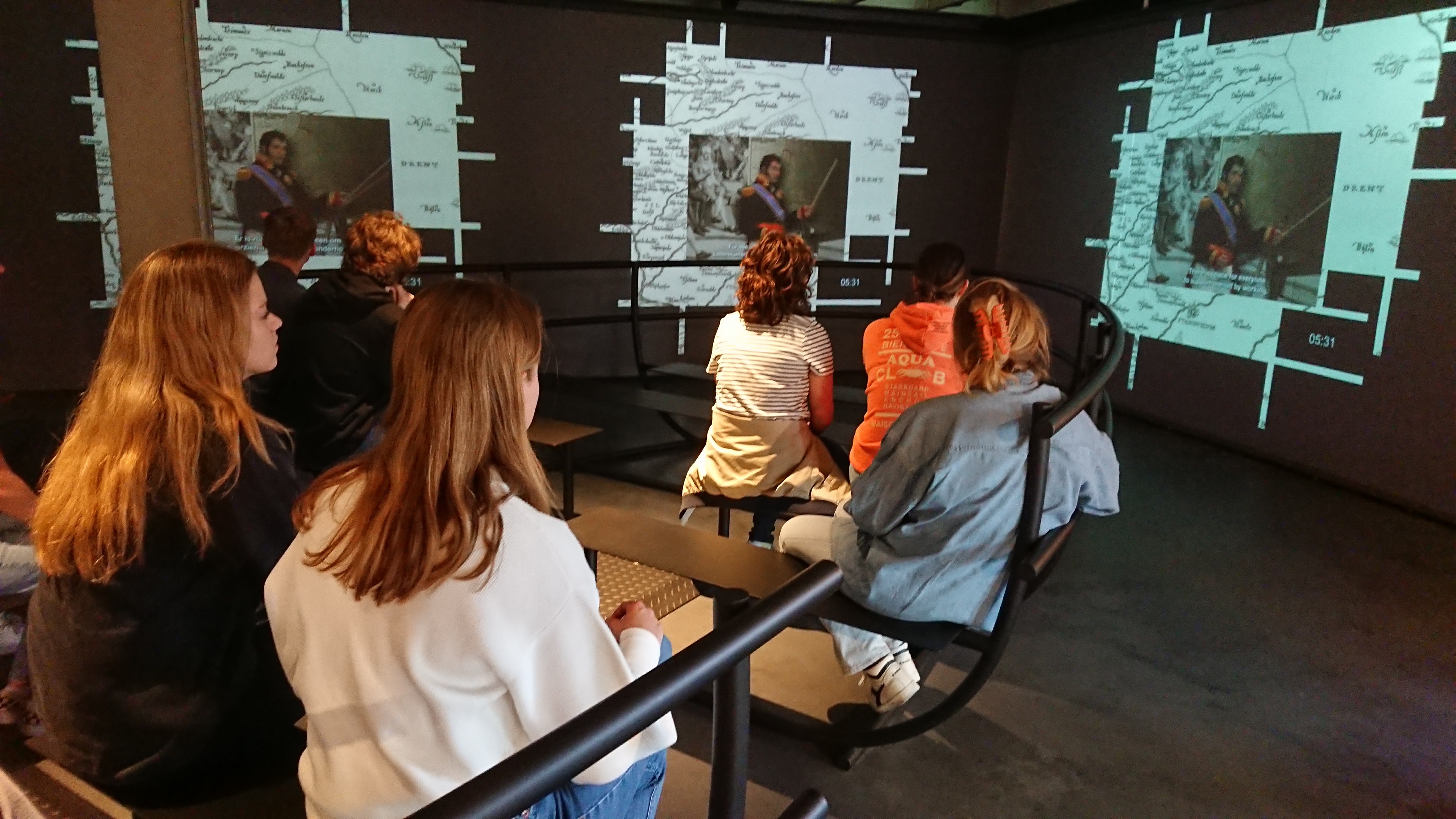
History of crime comes to life
For many people, five o’clock signals the end of their working day. But not for the motivated students of the Honours College Law. With some drinks and snacks, they keep going well into the evening. This time, they met for the festive conclusion of a course which brought the history of Dutch crime to life.
‘More than just text’
During the honours course Misdaad en Straf in Nederland en Europa - Van de Middeleeuwen tot nu (crime and punishment in the Netherlands and Europe – From the Middle Ages to present), students learn about crime and how it is dealt with, from a historical perspective. ‘In the world of criminology, the focus tends to be on the present, though its development is also interesting’, says Paul Nieuwbeerta, Professor of Criminology, author of a book (in Dutch) about that development and the lecturer who set up the course and teaches it. In addition to lectures, weekly field trips bring the subject matter to life. 'In a museum, the subject becomes more than just text'.
Nieuwbeerta believes a standard exam would not work for this course. Students are given weekly assignments to prepare them for the field trips. They work towards a special end result: a historical atlas. Each group delves into the history of crime in a chosen city and produces an atlas about it. Students can decide how to go about this; Nieuwbeerta provides a framework, the students fill it in. On this occasion, they presented their atlases with great enthusiasm. And once again, the students themselves decided how they would do this.
‘Team course’
The students enjoyed having this freedom. ‘The assignments become more fun when there aren’t so many confines,' says second-year criminology student Berber. 'In the process, you really learn how to work as a team. You have to figure out together what to do with that freedom.' Nieuwbeerta looks forward to reviewing the atlases. ‘I enjoy seeing the students’ creative interpretation. Besides, this really makes it a team course.’
‘You really learn how to work as a team’ - student of Honours College Law
The excursions to museums and a prison were also appreciated. ‘It’s really nice and something different’, says Berber. ‘For other courses, you’re almost always just sitting in a classroom. You can be taught the subject matter there, but a museum really helps you understand what you’ve learnt’. ‘Everything you learn comes to life’, adds second-year law student Wessel, ‘this way, you can really dive deeper into the subject matter.’ Wessel will always remember the stories told by the prison warders. ‘You also learn about the consequences of the administration of justice. For me, it’s no longer just a sentence in a code of law.’
Intensive
The evening was rounded off with an exciting pub quiz about the course. The students thanked Nieuwbeerta for teaching the course. When Nieuwbeerta asked the students how intensive they had found the course, it went quiet. It was definitely an intensive course, but it was also very in-depth. The students said they wouldn’t change it. The weekly visits to a museum certainly had added value: they couldn’t stress that enough. A standard exam would not have done justice to the content of the course.
Text: Lin Kokshoorn
Photos: Buro JP

'Small-scale and interactive'
What distinguishes honours courses like Misdaad en Straf from other courses? Claudia Bouteligier, HC Law coördinator, explains: ‘Teaching is small-scale and interactive. The assessment methods are also not the standard methods. For example, there are no exams - instead students give perhaps a presentation, or organise a conference, or put together a portfolio. The atlas for the Misdaad en Straf course is a good example. Students have the opportunity to be creative with the subject matter and gain more in-depth knowledge in this way.’
Photo: Students of the 'Misdaad en Straf' course on a museum excursion (taken by Paul Nieuwbeerta).





